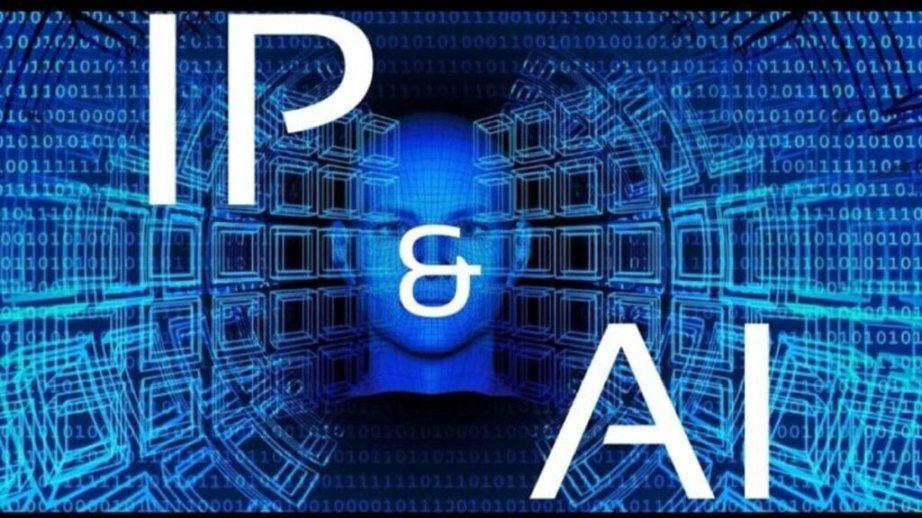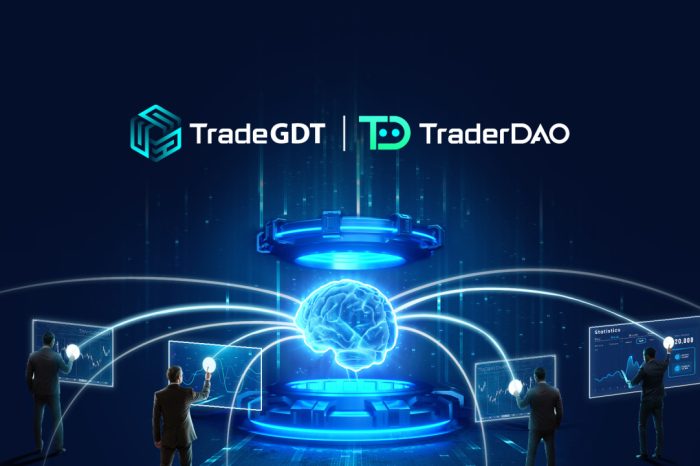How to mitigate the threats and negative impacts of artificial intelligence on intellectual property

This is an op-ed from James Godefroy, Deputy Global Enforcement Head at Rouse
Artificial Intelligence technologies are rapidly evolving – with recent developments such as autonomous vehicles, computer vision, and chatbots ever-increasingly influencing the business world. With AI’s wide-ranging accessibility, its rapid growth is not likely to decrease in the coming years. In fact, the UK government estimates that AI could provide a 10% boost to the UK economy by 2030.
AI-generated content – from NFTs to newly launched AI chatbots such as GPT – are now everywhere. While these technological advancements offer a multitude of new opportunities, they also potentially pose threats to Intellectual Property Rights that can often be overlooked.
NFTs, for example, have been described as having ‘no copyright’ – and have caused numerous lawsuits across the globe. Copyright is covered by the human creation process but AI-generated content questions the human element within the creation of art itself, and more importantly the extent of enforceability of these rights.
While AI can be incredibly useful, presenting great opportunities, it also creates potential risks. This is because the far-reaching impact of various AI tools on the market has not yet been fully explored due to their rapid development. Due to the way that chatbots gather information from a large dataset of human-generated text, it is possible that the content it produces will contain some of the same elements as already existing literature or art – meaning the original owner could claim against an AI generator owner or user for copyright infringement.
There is also little to no regulation in place currently to protect brands against accidental or deliberate infringement by AI tools. In 2021, the European Commission proposed the Artificial Intelligence Act, designed to encourage AI developers in Europe to keep transparency and user safety front of mind by assigning applications of AI to three risk categories (unacceptable, high-risk, and non-high-risk). Similarly, there is little legislation in the UK to specifically keep IP safe from risks associated with AI.
With AI technology moving so quickly, however, the legislation needs to be updated faster to remain relevant. Overly prescriptive regulations will stifle developments, whereas no regulation at all may result in rapid disruption and unforeseen negative consequences. Currently, there is no mention of the impact of AI on Intellectual Property in the European Commission’s Artificial Intelligence Act. One of the key debates, however, is the impact of AI on Intellectual Property, and whether AI-generated work can be patented or copyrighted in the same way as human-generated content.
As Intellectual Property laws both in the UK and globally do not yet address the impact of AI on IP, it is vital that brands educate themselves on the risks of AI-generated content, especially if they are looking to utilize it. If a brand is looking into using AI-generated content for its own marketing or product design, for example, it should be aware that AI can generate content that infringes on third-party IP such as trademarks or copyright images. Ensuring they have the legal rights to use AI-generated content will be key.
It is not only those companies looking to use AI tools to be aware of the associated risks to IP. Now that AI tools are so widespread, any brand is at risk of having its IP accidentally or deliberately targeted for IP infringement. To help mitigate this risk, brands need to make sure they have a robust protection strategy in place. Some of the steps they should take are as follows:
- Compile robust copyright evidence: clear evidence of copyright protection should be in place, so that if AI-generated content threatens the brand’s ownership the brand owner is able to give sufficient evidence to win a dispute. This needs to be rolled out in all the countries where a brand has a footprint. Blockchain-based solutions can assist in securing immutable evidence where record systems are unavailable or cost prohibitive.
- Patent products: AI solutions are notoriously difficult to patent, and IP professionals and the courts are in ongoing conversations about what is and is not patentable. Companies will need to consult with an IP specialist to work out which parts of their innovation to patent to give them the best protection against infringement. A professional can also provide guidance as to the ‘how’.
- Audit IP assets: Companies will need audits of their Intellectual Assets to identify the value that is currently unprotected. Potential infringement of third-party rights needs to also be examined and risks quantified using professional assistance. This will also allow them to understand better the scope of their own and third-party rights.
- Develop IP policies: Companies should develop clear IP policies that outline their expectations for the use and protection of their IP assets. This can help to ensure that employees, partners, and third parties are aware of their responsibilities and obligations regarding IP protection.
If used correctly, AI is useful for brands in running their brand protection programs. AI technologies can help to track IP assets and identify infringers or copyright issues, which might come from AI platforms themselves. Such technology is an excellent complement to, but cannot yet fully replace, human advisors.
While there’s still a long way to go in understanding the impact of AI on IP rightsholders. It is clear, however, that as AI technology continues to become more widely used, brands that are proactive in addressing intellectual property issues will be better positioned to take advantage of the benefits of AI-generated content whilst minimizing the potential risks.

